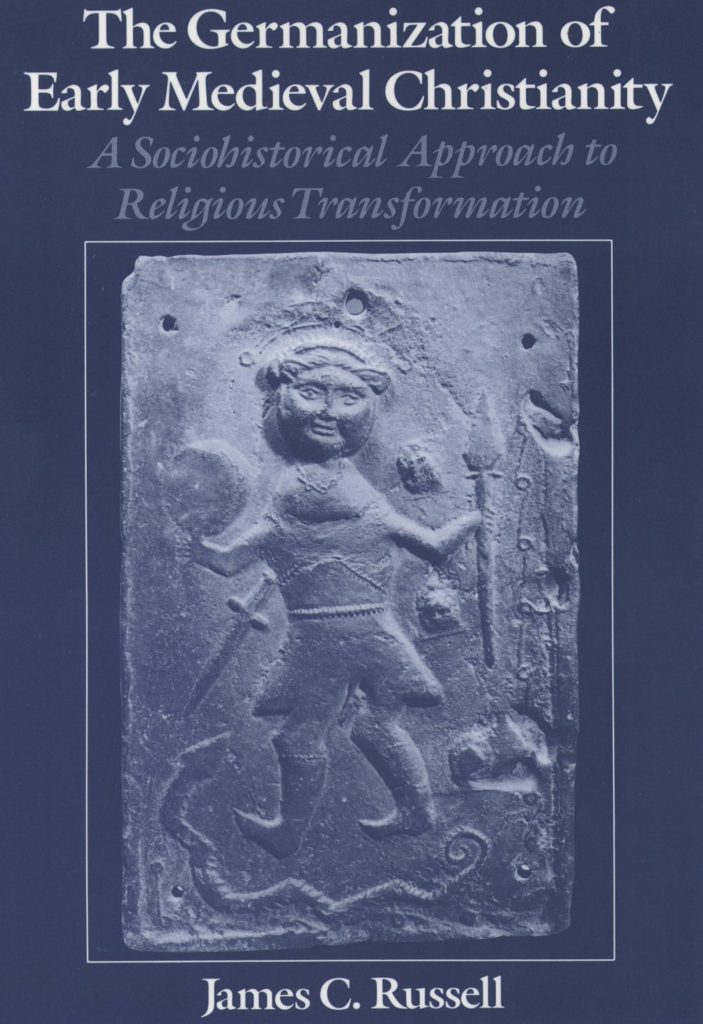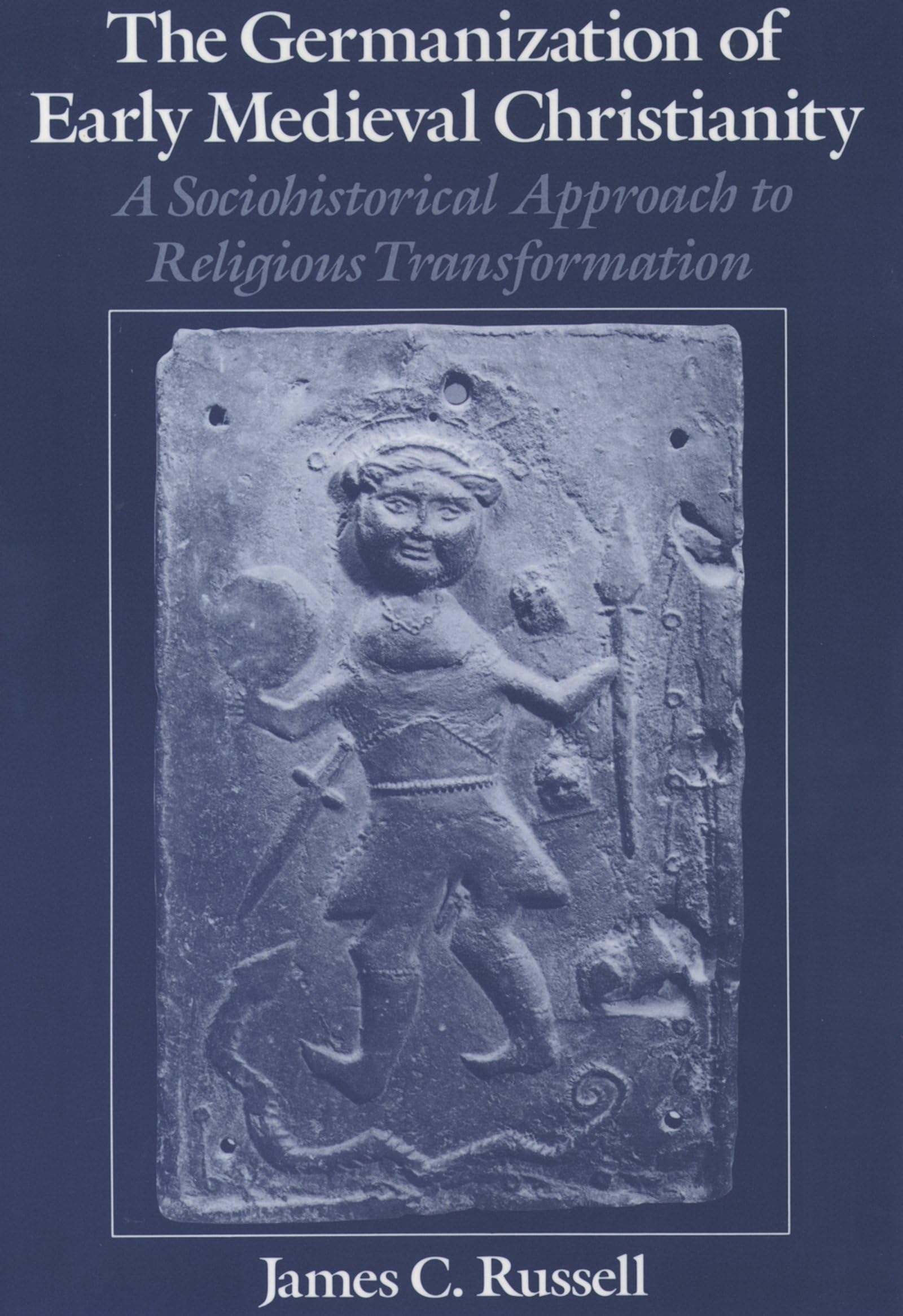
Ancient Christian Medieval Sculpture Discovered in Germany

# Discovery of a 900-Year-Old Christian Picture Stone in Northern Germany
The medieval era in Europe was a time of significant change, characterized by cultural evolution, the expansion of religions, and social turmoil. A notable transformation during this period was the spread of Christianity across Europe, which gained traction following the fall of the Roman Empire and persisted until the late Middle Ages. As the Roman Catholic Church broadened its reach, missionaries played a pivotal role in introducing Christianity to the pagan regions of Europe, including northern Germany and Poland. Among these missionaries was **Otto of Bamberg**, a 12th-century bishop recognized for converting many individuals in present-day Pomerania.
A fascinating chapter of early Christianity has emerged again in contemporary times due to an extraordinary archaeological find in the small German town of Klotzow. Hidden beneath an unassuming residence, a **900-year-old picture stone**, known as a **bildstein**, has been excavated, illuminating this historical era.
## Unearthing the Past
The stone’s discovery was entirely coincidental. **Peter Wittenberg**, a local inhabitant, stumbled upon the picture stone while renovating his home in Klotzow, a town located in northern Germany. The three-foot-long stone slab lay buried under his house, and once he alerted researchers, it was quickly confirmed as a relic of significant historical importance. Carved picture stones were prevalent in the region from the 4th to the 12th centuries, serving to commemoratively honor notable events, individuals, and religious concepts.
What distinguishes this particular find as remarkable is its Christian symbolism. While other picture stones have been uncovered, those that distinctly represent Christian themes are uncommon—especially in this part of Europe, where Christianity had not firmly established itself during that period.
## The Christian Symbolism on the Stone
The carving on the stone is both intricate and elaborate. It illustrates a solemn figure clad in a robe and shawl, grasping a cross—a universal emblem of Christianity. This portrayal situates the artifact directly within the framework of Pomerania’s Christianization in the **12th century**. According to a local government announcement, it is the “**only one to date that presents a figure with a cross in front of its body**.” The depiction of the cross, along with the dignified posture and clothing of the figure, implies that this carving may symbolize a Christian leader or at the very least, a devoted follower of the faith.
This image corresponds with the historical account of the region’s Christian conversion initiatives. Considering the date (circa 1124), the stone may potentially represent **Otto of Bamberg** himself, a noteworthy bishop who significantly contributed to the advancement of Christianity in this region.
## The Role of Otto of Bamberg
In the early 12th century, the northern territories of what are now Germany and Poland were only lightly influenced by Christianity. Pagan traditions were still dominant, and the Christian belief was often regarded as a foreign imposition. Nonetheless, Otto of Bamberg undertook the challenging task of converting Pomerania. He conducted **two missions to Pomerania**, one in **1124 CE** and another in **1128 CE**, during which he preached, engaged with local leaders, and directed mass baptisms.
Otto’s endeavors were not exclusively spiritual; they also had significant political and diplomatic implications. His actions facilitated peace agreements between Polish rulers and the Pomeranian nobility, earning him recognition as both a religious and political leader. He brought along Christian relics and symbols, which signified the divine and sacred nature of his activities.
Given Klotzow’s strategic location relative to Otto’s recognized missionary paths, and taking into account the time period and Christian imagery, it is highly feasible that this discovered picture stone could depict Otto himself.
## Insights from Experts
Experts are intrigued by this uncommon discovery. **Detlef Jantzen**, the leading archaeologist of the German state **Mecklenburg-Vorpommern**, emphasized the significance of the find:
> “Whether the **bildstein** depicts Otto or not, this is an exceptionally remarkable discovery that reconnects us to the era when Christianity first arrived in Pomerania, brought by Otto, who is well-known for his success in mediating peace between the Polish duke and the Pomeranian nobility.”
Jantzen further noted that considering the design of the figure’s clothing, resembling a **pallium** (an ecclesiastical robe worn by high-ranking clergy), it enhances the probability that the figure could indeed be Otto or another prominent Christian leader.
## Historical and Cultural Significance
This **900-year-old stone** serves as a crucial artifact for understanding how Christianity proliferated throughout Europe and impacted various local cultures. Pomerania, once dominated by pagan beliefs, began to adopt Christianity following the arrival of Otto and other missionaries, merging its traditional pagan practices with the new Christian teachings. This evolution was documented in both religious manuscripts and physical markers such as churches, cemeteries, and monuments.